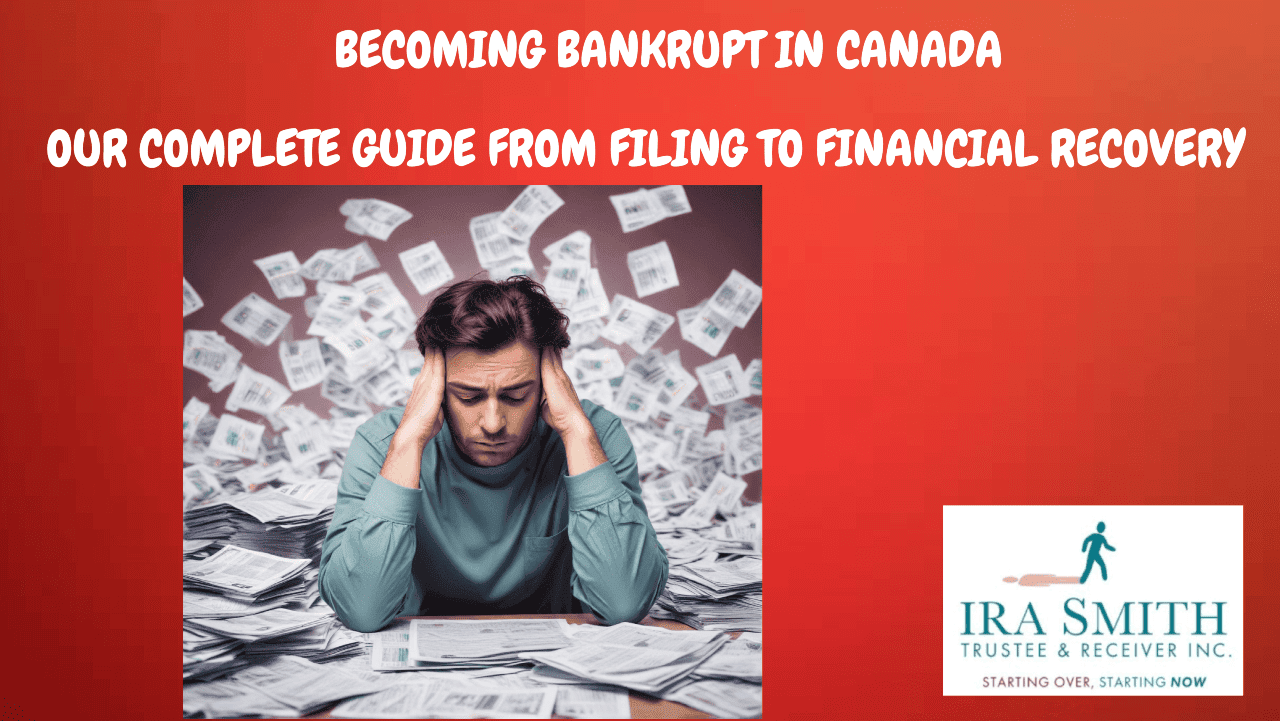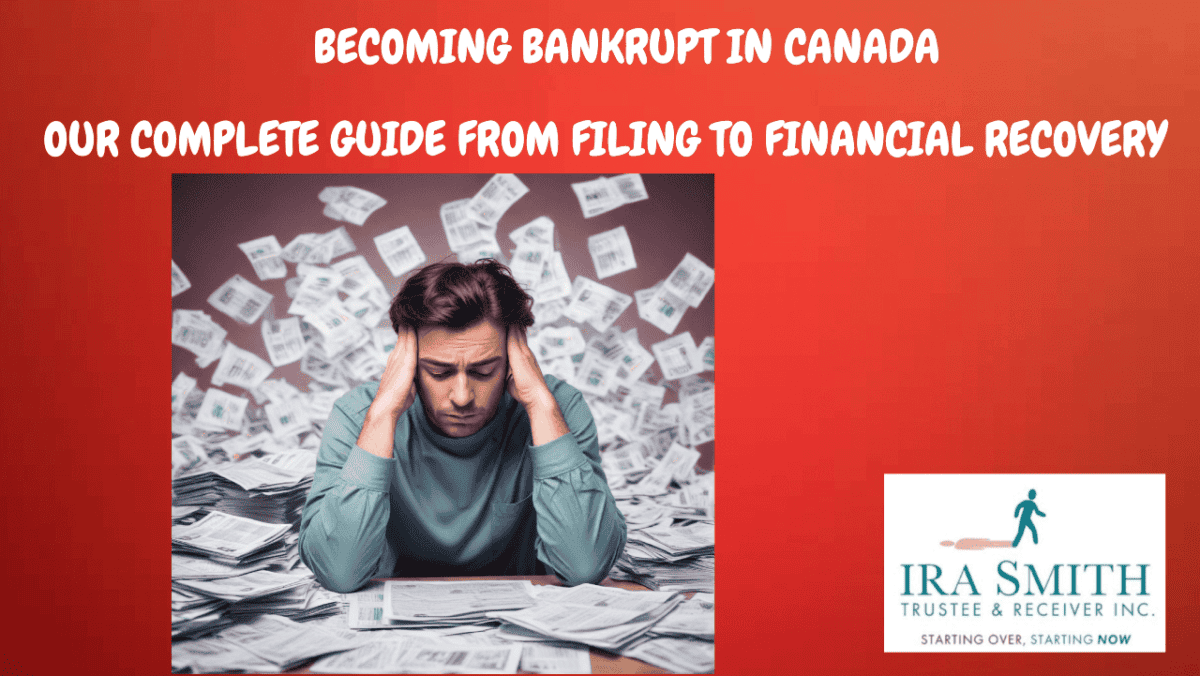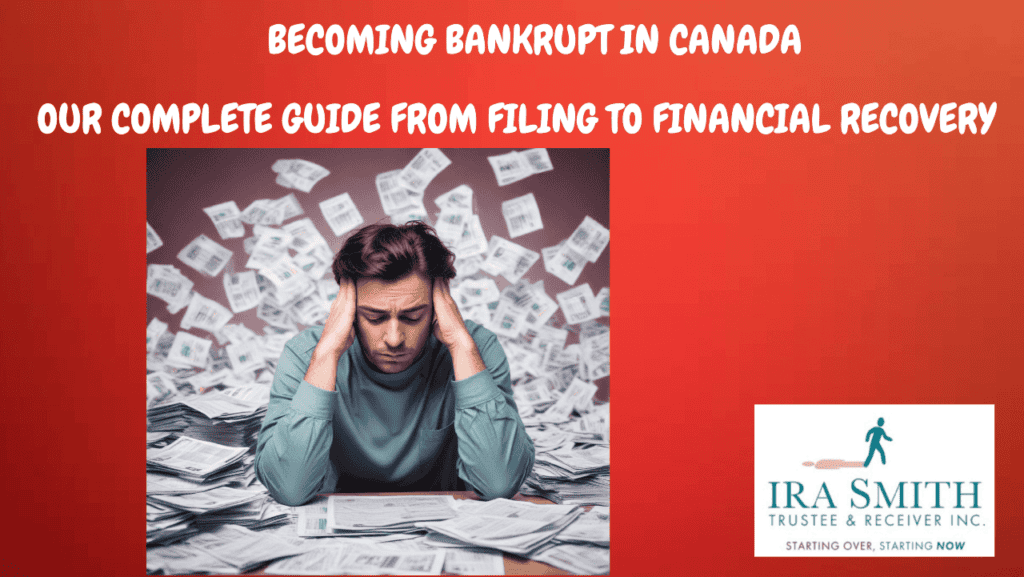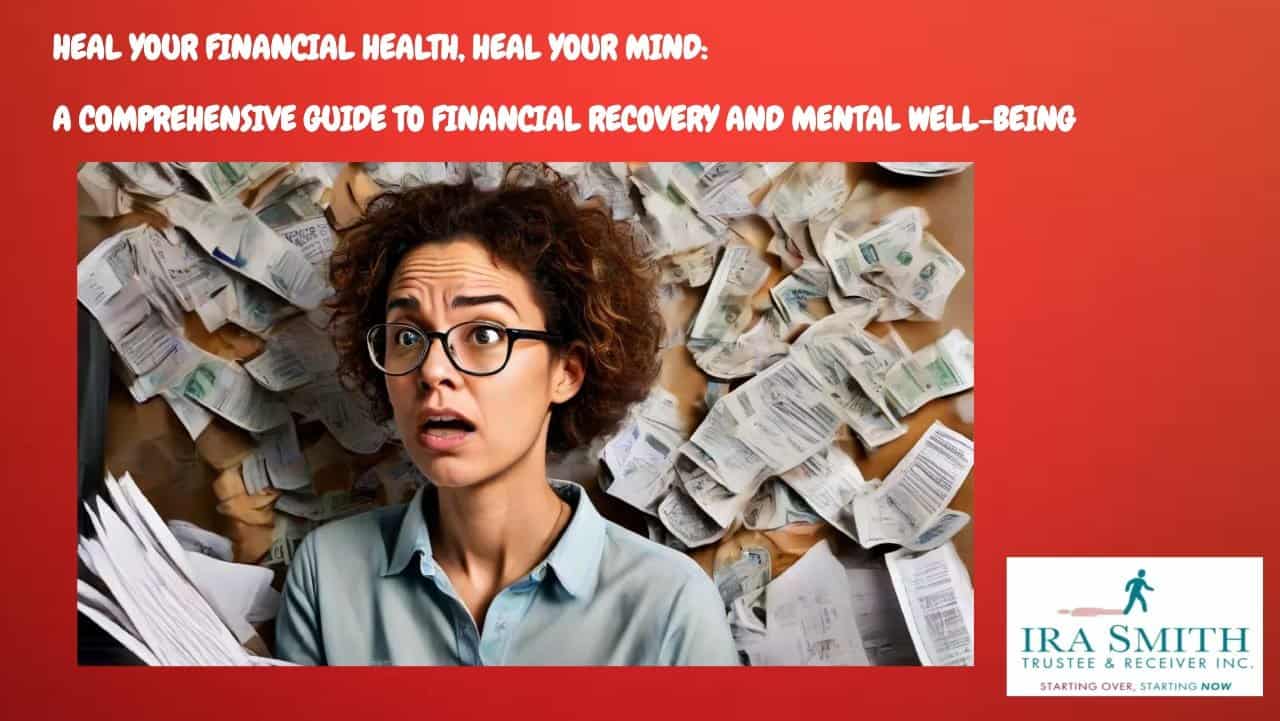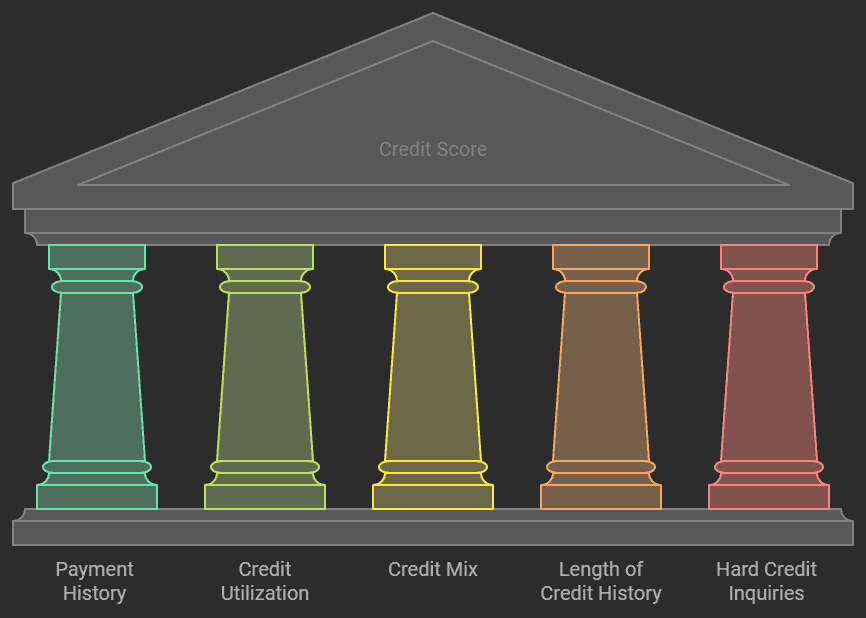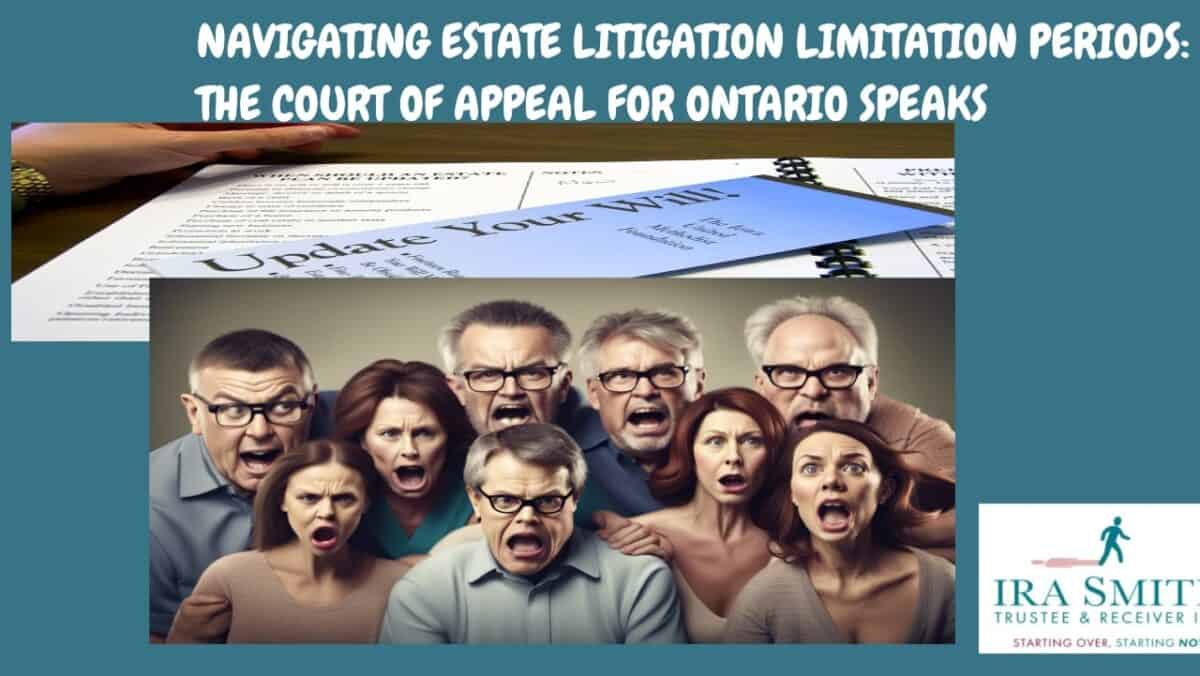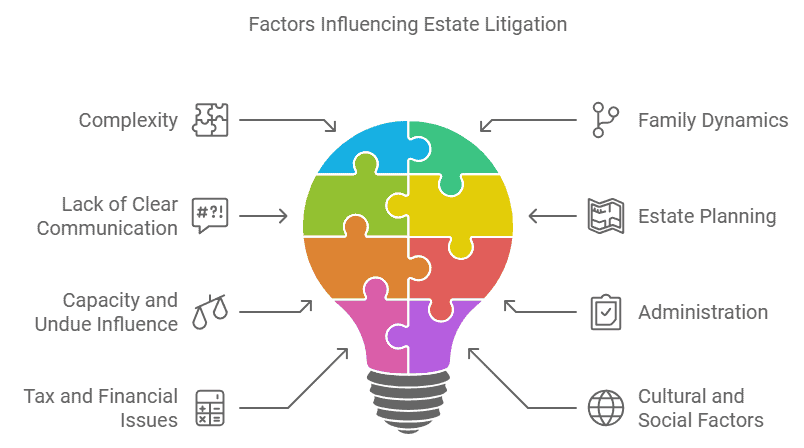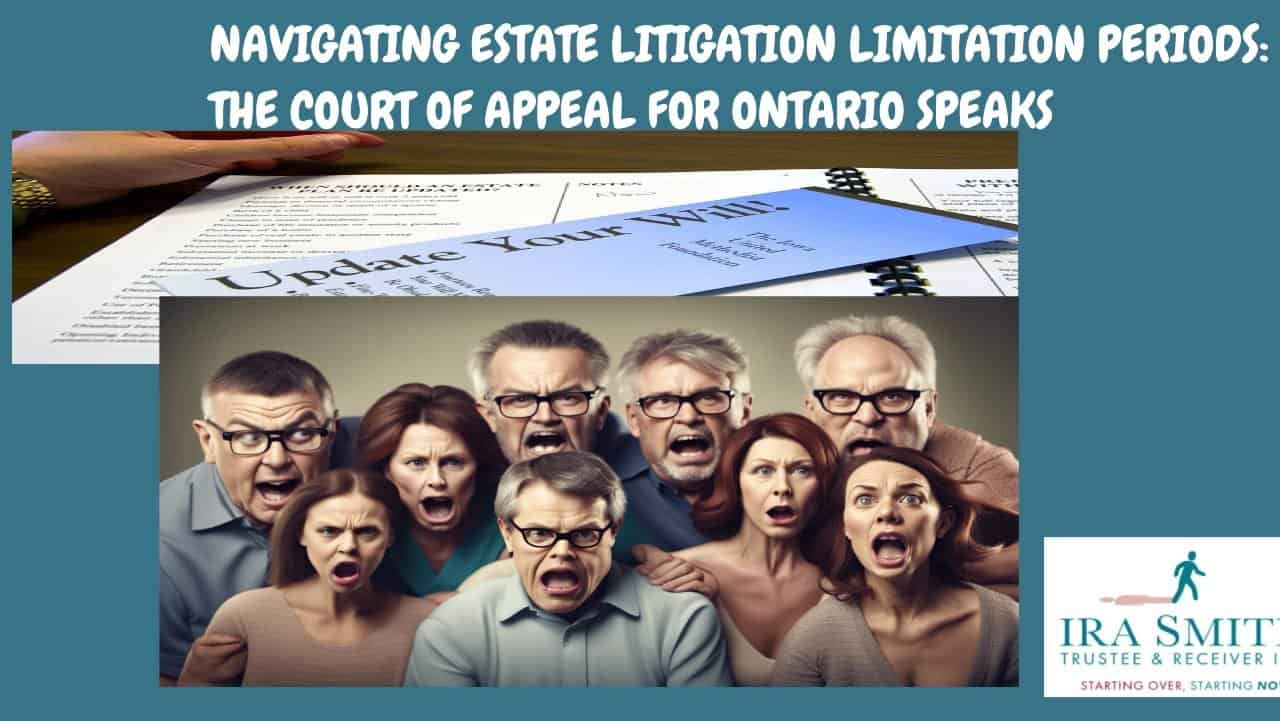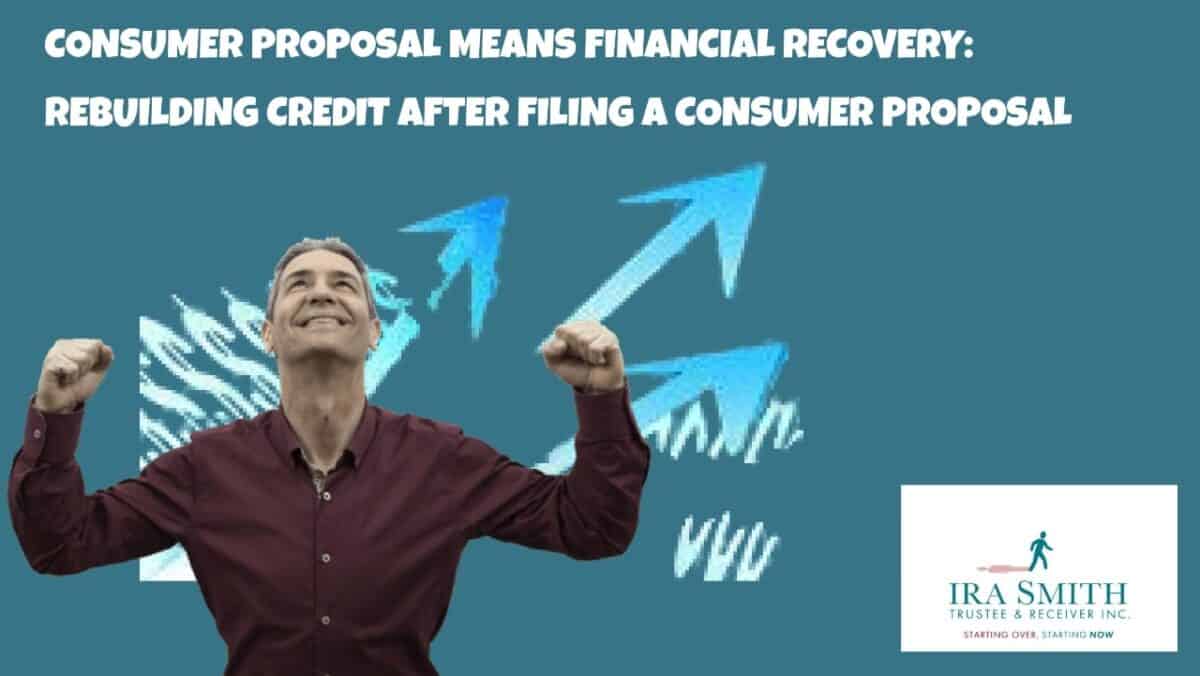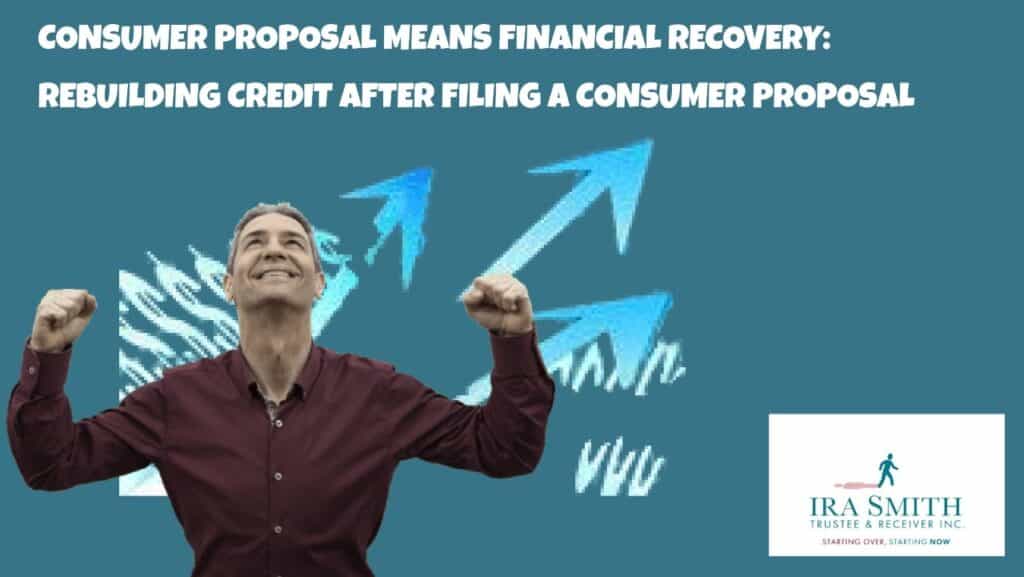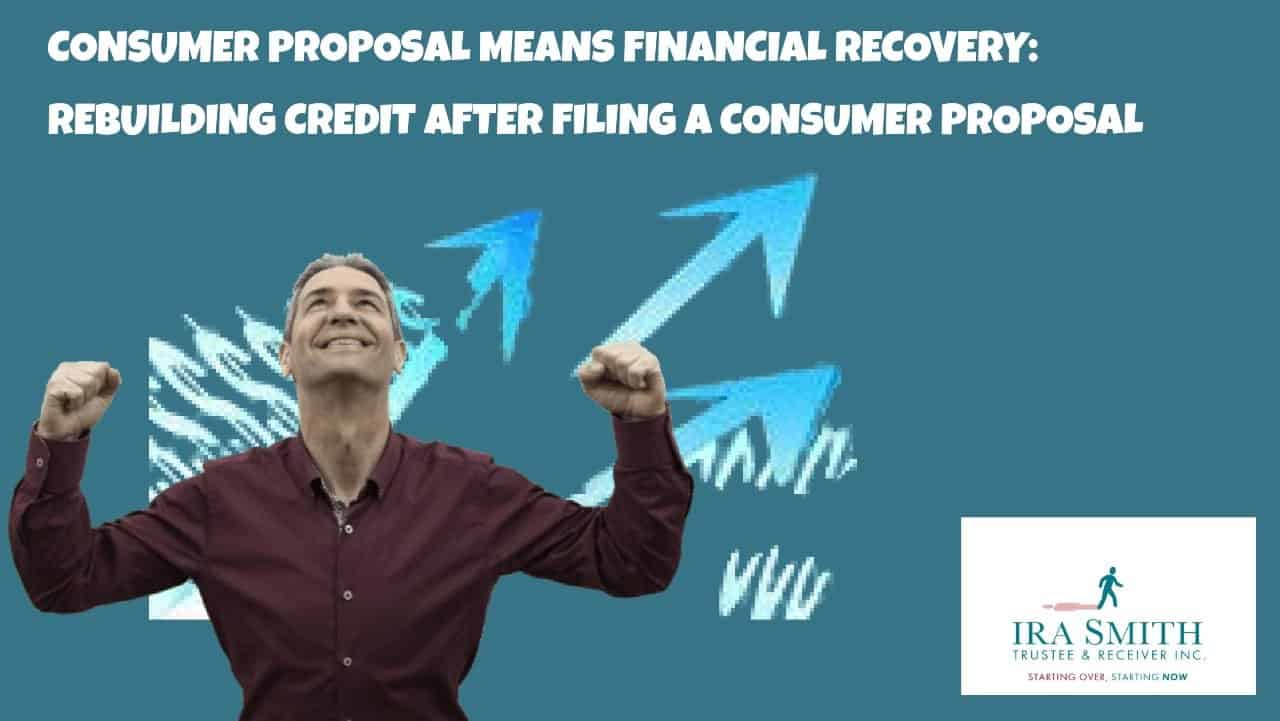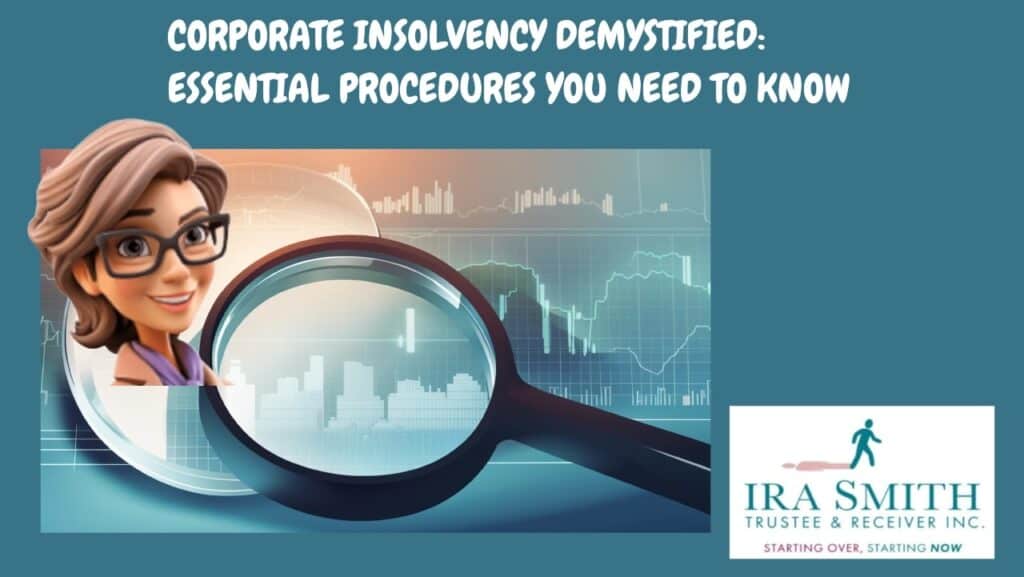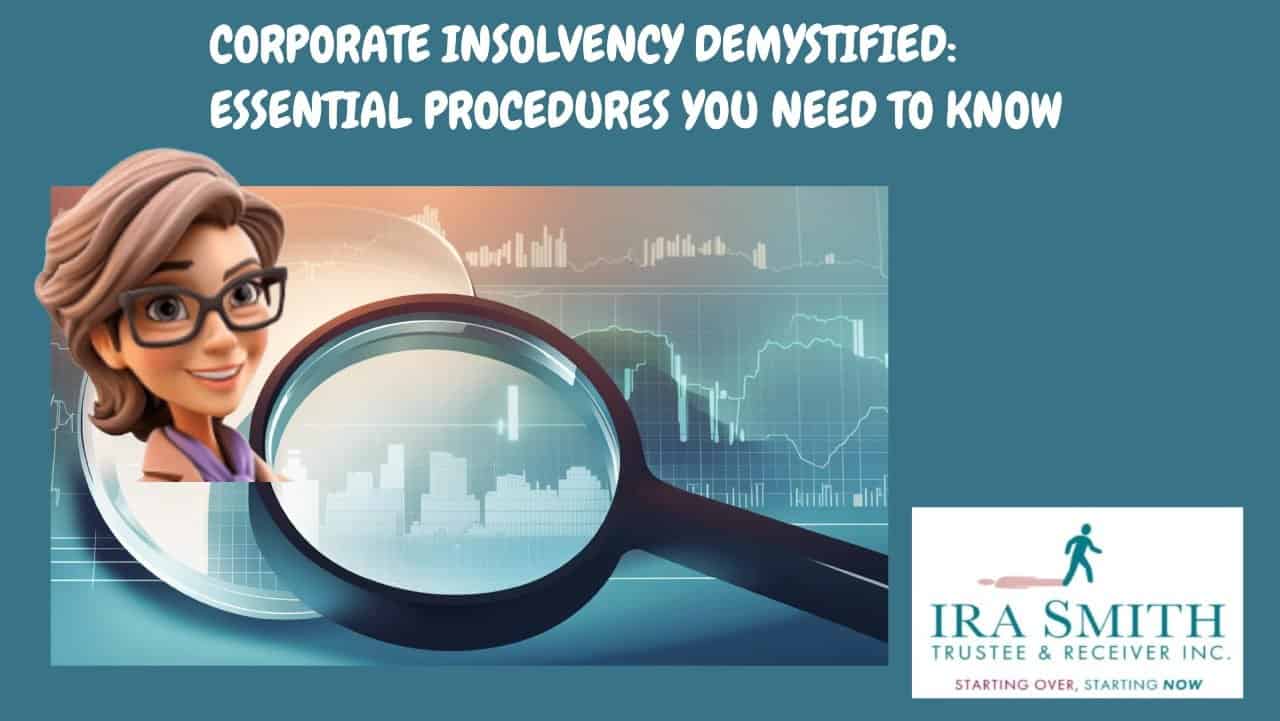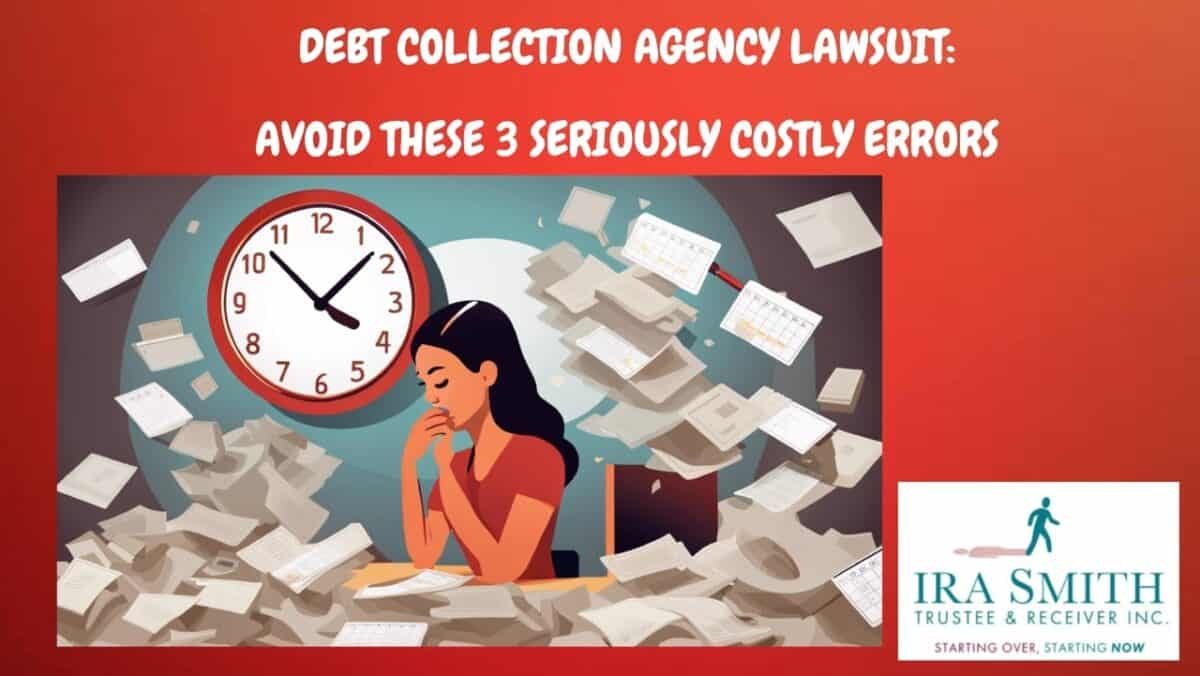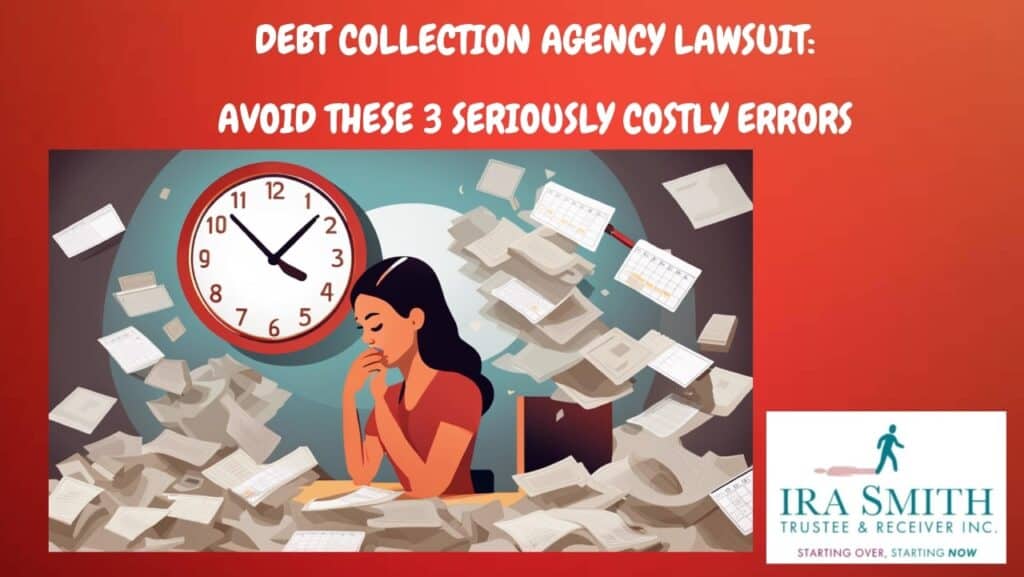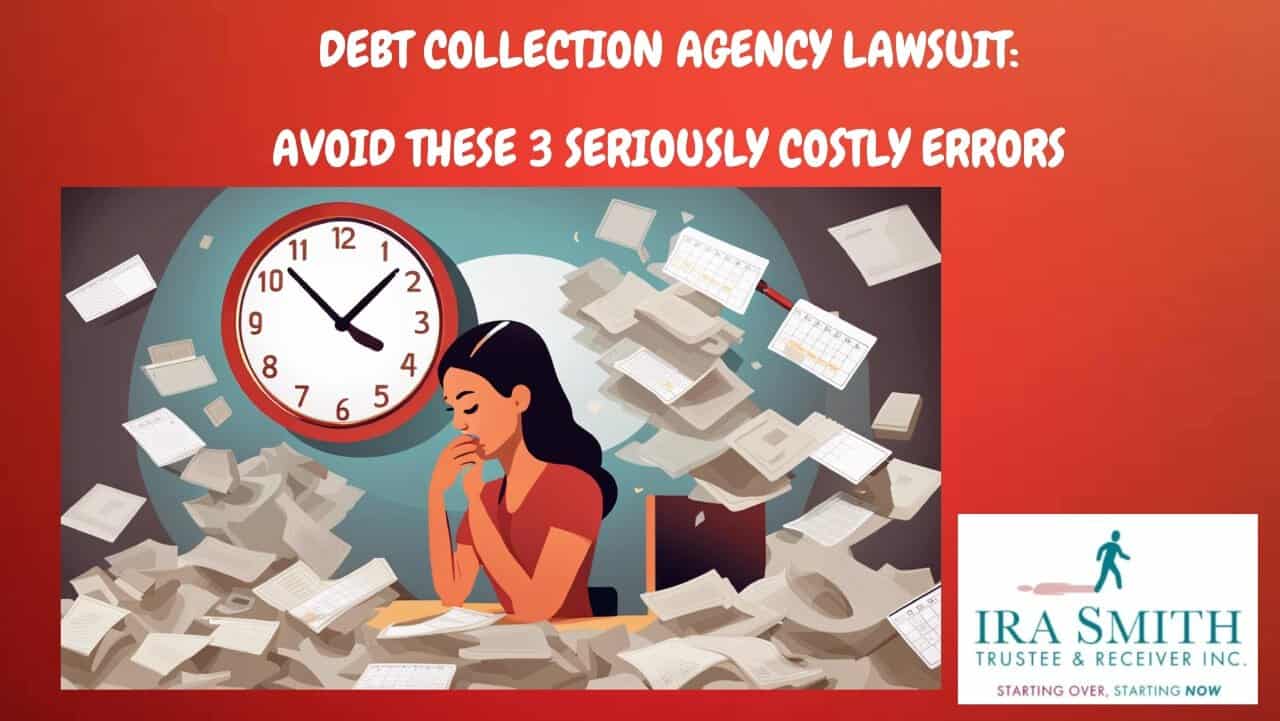Becoming Bankrupt: Introduction
Are you struggling with overwhelming debt and considering becoming bankrupt? If so, you are not alone. Many people and businesses continue to struggle from the COVID-19 pandemic and are only now hitting the wall.
This Brandon’s Blog is a comprehensive guide exploring the intricacies of bankruptcy in Canada. I provide essential insights into the process, consequences, and alternatives. Understanding bankruptcy is crucial for any insolvent person facing financial hardship.
Becoming Bankrupt: Understanding Bankruptcy
Definition of Bankruptcy
Bankruptcy is a legal process under the Canadian Bankruptcy and Insolvency Act, where an insolvent person or business declares their inability to repay their debts. This declaration provides legal protection from creditors while allowing individuals to work towards a fresh financial start.
Types of Bankruptcy
Bankruptcy can be categorized into different types. The most common categories include:
- Personal Bankruptcy: This type pertains to individuals who are unable to manage their debts and are overwhelmed by financial obligations.
- Business Bankruptcy: This category is relevant to businesses that cannot fulfill their financial commitments and seek legal relief from creditors.
Becoming Bankrupt: Reasons for Filing for Bankruptcy
Common Causes of Personal Bankruptcy
Individuals and businesses often file for bankruptcy due to a variety of factors, such as:
- Job loss: Unexpected unemployment can significantly impact an individual’s ability to manage their finances.
- Medical expenses: High medical bills can lead to substantial debt, especially in countries without universal healthcare.
- Business failure: Economic downturns or poor management decisions can result in business bankruptcy.
- Divorce: Legal fees and the division of assets can contribute to financial strain.
Beyond the general reasons mentioned above, common causes of personal bankruptcy can include:
- Overspending and accumulating high-interest debt: Excessive credit card debt, loans like lines of credit while failing to manage debt can quickly lead to a financial crisis.
- Unexpected life events: Unforeseen circumstances like illness or accidents can lead to significant financial burdens.
- Lack of financial literacy: Without a proper understanding of budgeting and debt management, individuals might struggle to stay financially afloat.
Business Bankruptcy Considerations
Business bankruptcy considerations extend beyond personal factors. Some key aspects include:
- Economic conditions: Recessions and market fluctuations can severely impact business revenue.
- Competition: The inability to compete effectively in the market can lead to declining sales and profits.
- Poor financial management: Inadequate accounting practices and financial planning can contribute to business failure.
Becoming Bankrupt: The Bankruptcy Process in Canada
Initial Steps to Take
Facing the possibility of voluntary bankruptcy can be overwhelming. If you are an insolvent person and find yourself in this situation, consider these initial steps:
- Assess your financial situation: Analyze your income, expenses, assets, and liabilities to understand the extent of your financial difficulties.
- Seek professional advice: Consult with a Licensed Insolvency Trustee. They can provide guidance on your options and help you understand the bankruptcy process.
- Explore alternatives to bankruptcy: Depending on your circumstances, options like debt consolidation, consumer proposal, or credit counselling might be viable alternatives.
Role of a Licensed Insolvency Trustee
Licensed Insolvency Trustees play a crucial role in the bankruptcy process. They are licensed professionals regulated by the Office of the Superintendent of Bankruptcy. Their responsibilities include:
- Providing information and advice: Explaining the bankruptcy process and implications to individuals and businesses.
- Administering the bankruptcy estate: Collecting assets, resolving disputes, selling assets, reviewing and admitting claims for the unsecured debts and ultimately, distributing available funds to the unsecured creditors of the bankrupt individual or business.
- Ensuring compliance with bankruptcy laws: Upholding legal requirements and addressing potential misconduct.
Filing the Bankruptcy Application
The bankruptcy process formally begins with the Trustee filing the necessary bankruptcy documents with the Official Receiver, who is the local representative of the Office of the Superintendent of Bankruptcy. The application includes:
- Assignment in Bankruptcy: This is the document where the insolvent person, business or company declares bankruptcy.
- Statement of Affairs: This document details the insolvent person’s or business’s financial situation, listing assets, debts, income, and expenses.
- Statement of monthly income and expenses: Documentation verifying the insolvent person’s current income.
- Filing fee: A payment is ultimately required, although it is not necessary to be paid to initiate the bankruptcy process.
Becoming Bankrupt: Obligations of the Bankrupt Individual
Financial Disclosure Requirements
Transparency is crucial during bankruptcy. Individuals must:
- Disclose all assets and liabilities: Provide a complete and accurate account of their financial situation.
- Surrender assets: Non-exempt assets are turned over to the Licensed Insolvency Trustee for sale to distribute the net proceeds to creditors.
- Report any changes in financial status: Inform the Trustee of any income changes, asset acquisitions, or new debts incurred.
Responsibilities During the Bankruptcy Process
Maintaining compliance with bankruptcy regulations is essential. The bankrupt insolvent person must:
- Attend the meeting of creditors: The insolvent person must meet with the trustee and creditors as required.
- Cooperate with the trustee: Provide necessary information and follow the Trustee’s instructions throughout the process.
- Not incur new debt without disclosing that they are an undischarged bankrupt: This prevents further financial strain and ensures responsible financial behaviour.
- Attend credit counselling sessions: These sessions guide budgeting, debt management, and responsible credit use.
Becoming Bankrupt: Potential Misconduct in Bankruptcy
Types of Misconduct
Engaging in dishonest or irresponsible behaviour during bankruptcy can have severe consequences. Examples of misconduct include:
- Concealing assets: Hiding assets from the Trustee to avoid their distribution to creditors.
- Providing false information: Submitting inaccurate financial information during the bankruptcy process.
- Making fraudulent transfers: Transferring assets to family members or friends to avoid their inclusion in the bankruptcy estate.
Bankruptcy misconduct can be categorized into various types:
- Fraudulent activities: Intentional deception to gain an unfair advantage during the bankruptcy process.
- Non-compliance with bankruptcy laws: Failing to fulfill legal obligations outlined in bankruptcy regulations.
- Breaching fiduciary duties: Violating the trust placed in the bankrupt individual by the trustee or creditors.
Reporting Misconduct
If you suspect any misconduct during a bankruptcy case, reporting it to the relevant authorities is crucial. These authorities include:
- The Licensed Insolvency Trustee: The Trustee is responsible for investigating and addressing any potential misconduct.
- The Office of the Superintendent of Bankruptcy: The regulatory body overseeing bankruptcy proceedings in Canada.
Consequences of Misconduct
Engaging in misconduct during bankruptcy can lead to serious consequences:
- Extension of bankruptcy: The bankruptcy period might be prolonged as a penalty for misconduct.
- Denial of discharge: The court might refuse to grant a discharge, meaning debts are not eliminated, and creditors can continue pursuing repayment.
- Criminal charges: In fraud or other illegal activities, criminal charges might be filed against the individual.
Becoming Bankrupt: Exploring Case Summaries
Real-Life Examples of Opposition to Discharges
Examining real-life cases where creditors opposed the discharge of bankrupt individuals can provide valuable insights into the consequences of misconduct:
- Case Study 1: A bankrupt individual concealed assets, carried out some disposition of property before filing bankruptcy and provided false information to the trustee. This resulted in the creditor’s opposition to discharge, leading to an extended bankruptcy period and the requirement to repay a portion of the debt.
- Case Study 2: A business owner engaged in fraudulent transfers of assets before filing for bankruptcy. This action led to a denial of discharge and potential criminal charges for financial fraud.
Key Insights from Case Studies
The following points emphasize critical lessons learned from various case studies:
- Transparency and honesty: It is essential to provide complete and accurate financial information throughout the bankruptcy process to ensure clarity and integrity..
- Compliance with bankruptcy laws: Adhering to all legal requirements and cooperating with the trustee is vital for a smooth bankruptcy process.
- Seeking professional guidance: Consulting with a Licensed Insolvency Trustee can assist individuals in understanding their obligations and in avoiding potential issues related to misconduct.
Becoming Bankrupt: Common Misconceptions About Bankruptcy
Debunking Myths
Several misconceptions surrounding bankruptcy often create unnecessary fear and anxiety. Some common myths include:
- Myth 1: Bankruptcy ruins your credit forever.
- Reality: While bankruptcy negatively impacts your credit score, it is not a permanent mark. With responsible financial behaviour, you can rebuild your credit over time.
- Myth 2: You lose everything you own in bankruptcy.
- Reality: Certain assets are exempt from seizure in bankruptcy, such as essential household items and a certain amount of equity in your primary residence or motor vehicle.
- Myth 3: Bankruptcy is a sign of personal failure.
- Reality: Bankruptcy is often a result of unforeseen circumstances, economic hardship, or poor financial decisions. It is a legal process designed to provide a fresh start and should not be viewed as a personal failing.
Becoming Bankrupt: Strategies for Avoiding Bankruptcy
While bankruptcy might be unavoidable in some situations, the insolvent person can take proactive measures can help reduce the risk:
Financial Planning and Budgeting
- Create a realistic budget: Track your income and expenses to identify areas where you can cut back and save.
- Set financial goals: Establish short-term and long-term goals to stay motivated and focused on your financial well-being.
- Seek financial education: Improve your financial literacy by attending workshops, reading books, or consulting with financial advisors.
Debt Management Options
- Debt consolidation: Combining multiple debts into a single loan with a lower interest rate can simplify payments and reduce overall interest costs.
- Credit counselling: Non-profit organizations offer credit counselling services to help individuals develop a debt management plan and negotiate with creditors.
- Consumer proposal: This legally binding agreement allows individuals to repay a portion of their debt over a specific period, avoiding bankruptcy.
Becoming Bankrupt: Rebuilding Credit After Bankruptcy
Steps to Rebuild Credit Rating
While bankruptcy negatively impacts your credit score, it is possible to rebuild it over time:
- Obtain a secured credit card: This type of credit card requires a security deposit, helping you establish a positive credit history.
- Make all payments on time: Consistently paying your bills on time demonstrates responsible financial behaviour to lenders.
- Monitor your credit report: Regularly check your credit report for errors and ensure accurate information is being reported.
Using Credit Responsibly
- Avoid excessive credit card use: Limit your credit card spending and focus on using cash or debit cards whenever possible.
- Maintain a low credit utilization ratio: Keep your credit card balances low compared to your available credit limit.
Becoming Bankrupt FAQ
1. What is bankruptcy in Canada?
Bankruptcy is a legal process where individuals or businesses that are unable to repay their debts can seek relief from their financial obligations. It is a formal declaration of insolvency, signifying that an individual or business cannot meet their financial commitments.
2. What are the different types of bankruptcy?
There are several types of bankruptcy, each with its own specific rules and implications. The most common types include:
- Bankruptcy (Liquidation): This involves the sale of a debtor’s non-exempt assets to repay creditors.
- Consumer Proposal Financial Restructuring (Reorganization): This allows individuals with a regular income to propose a plan to repay debts over three to five years.
- Proposal Financial Restructuring (Reorganization): This is typically used by businesses to restructure their debts and operations while continuing to operate.
3. What Drives Individuals to Pursue An Assignment In Bankruptcy?
Individuals may seek bankruptcy protection for a variety of reasons, including:
- Loss of Employment: Sudden job loss can significantly reduce income, hindering one’s ability to fulfill financial commitments.
- Medical Costs: Escalating healthcare expenses can quickly destabilize a person’s financial situation.
- Separation or Divorce: The financial burden that often accompanies divorce can result in bankruptcy for one or both partners.
- Business Collapse: Economic challenges or ineffective management can lead businesses to declare bankruptcy.
- Excessive Debt: The accumulation of substantial debt through credit cards, loans, and other financial instruments can create an overwhelming repayment burden. Student loans also carry a burden for many, but they are more difficult to discharge in a bankruptcy.
4. What is the role of a Licensed Insolvency Trustee?
A Licensed Insolvency Trustee (LIT) is a regulated professional authorized to administer bankruptcies and proposals in Canada. Their role includes:
- Assessing the debtor’s financial situation.
- Advising debtors on their options.
- Filing the necessary paperwork with the court.
- Administering the bankrupt estate.
- Distributing funds to creditors.
- Providing guidance and support to the bankrupt individual.
5. What are the obligations of someone who has filed for bankruptcy?
A bankrupt individual has several obligations, including:
- Disclosing all assets and liabilities to the LIT.
- Cooperating with the LIT throughout the bankruptcy process.
- Attending all required meetings and hearings.
- Surrendering non-exempt assets for sale.
- Making payments to the LIT as required.
- Reporting any changes in financial situation.
6. What are some common misconceptions about bankruptcy?
- You will lose everything: While some assets may be sold to repay creditors, you are allowed to keep certain exempt assets, such as basic household goods and tools of the trade.
- You can never get credit again: While bankruptcy will negatively impact your credit rating, you can take steps to rebuild your credit after discharge.
- Bankruptcy is a shameful secret: Bankruptcy is a legal process designed to provide relief from overwhelming debt. It is not a reflection of your character or worth.
7. How can I rebuild my credit after becoming bankrupt?
Rebuilding credit after bankruptcy takes time and effort, but it is possible. Here are some steps you can take:
- Obtain a secured credit card.
- Become an authorized user on a responsible friend or family member’s credit card.
- Make all payments on time and in full.
- Avoid taking on new debt unless necessary.
- Monitor your credit report regularly and dispute any errors.
8. Where can I find more information and support?
There are several resources available to individuals considering or going through bankruptcy:
- Licensed Insolvency Trustees: LITs can provide personalized advice and guidance.
- Government of Canada website: The Government of Canada website provides information about bankruptcy laws and procedures.
- Credit counselling agencies: Non-profit credit counselling agencies can offer financial education and debt management advice.
- Support groups: Online and in-person support groups can provide emotional support and practical tips from others who have experienced bankruptcy.
8. Can a deceased person file an assignment into bankruptcyan ?
A deceased person cannot do anything. However, if the Executor of the Estate determines that the Estate is insolvent, the Executor can make an the application to the court for the authority to put the deceased Estate into bankruptcy.
Becoming Bankrupt: Available Resources and Support Services
Various resources are available to assist individuals and businesses dealing with financial difficulties and considering bankruptcy:
- Licensed Insolvency Trustees: These professionals provide guidance, support, and expertise throughout the bankruptcy process.
- Credit counselling agencies: Non-profit organizations offer financial counselling, debt management plans, and educational resources.
- Government websites: Websites like the Office of the Superintendent of Bankruptcy provide valuable information on bankruptcy laws and regulations in Canada.
Remember, seeking help and taking proactive steps toward financial recovery are crucial for navigating difficult situations and rebuilding your financial well-being.
Becoming Bankrupt: Conclusion
Becoming bankrupt can be a challenging experience, but it’s crucial to remember that it’s not the end of the road. By understanding the process, obligations, and potential consequences, individuals can navigate this difficult period more effectively.
It’s important to seek guidance from a Licensed Insolvency Trustee and explore resources and support services available to help rebuild financial stability and creditworthiness. Remember, becoming bankrupt offers a fresh start and an opportunity to learn from past mistakes and make informed financial decisions for a brighter future.
I hope you enjoyed this becoming bankrupt Brandon’s Blog. Do you or your company have too much debt? Are you or your company in need of financial restructuring due to distressed real estate or other reasons? The financial restructuring process is complex. The Ira Smith Team understands how to do a complex restructuring. However, more importantly, we understand the needs of the entrepreneur or someone with too much personal debt.
You are worried because you are facing significant financial challenges. It is not your fault that you are in this situation. You have been only shown the old ways that do not work anymore. The Ira Smith Team uses new modern ways to get you out of your debt troubles while avoiding the bankruptcy process. We can get you debt relief freedom using processes that are a bankruptcy alternative.
The stress placed upon you is huge. We understand your pain points. We look at your entire situation and devise a strategy that is as unique as you and your problems; financial and emotional. The way we take the load off of your shoulders and devise a plan, we know that we can help you.
We know that people facing financial problems need a realistic lifeline. There is no “one solution fits all” approach with the Ira Smith Team.
That is why we can develop a restructuring process as unique as the financial problems and pain you are facing. If any of this sounds familiar to you and you are serious about finding a solution, contact the Ira Smith Trustee & Receiver Inc. team today.
Call us now for a free consultation. We will get you or your company back on the road to healthy stress-free operations and recover from the pain points in your life, Starting Over, Starting Now.
The information provided in this Brandon’s Blog is intended for educational purposes only. It is not intended to constitute legal, financial, or professional advice. Readers are encouraged to seek professional advice regarding their specific situations. The content of this Brandon’s Blog should not be relied upon as a substitute for professional guidance or consultation. The author, Ira Smith Trustee & Receiver Inc. as well as any contributors to this Brandon’s Blog, do not assume any liability for any loss or damage resulting from reliance on the information provided herein.
